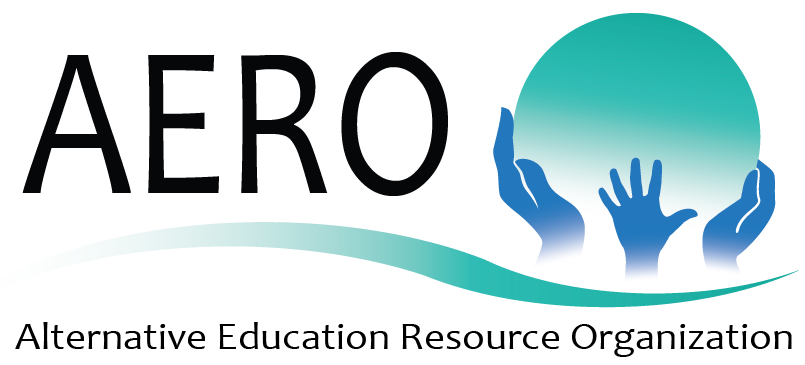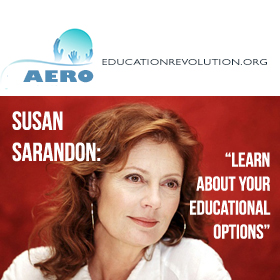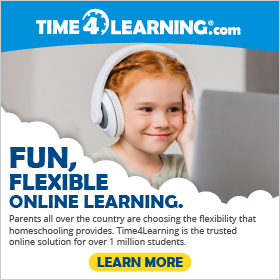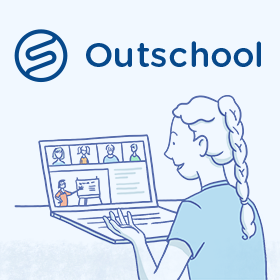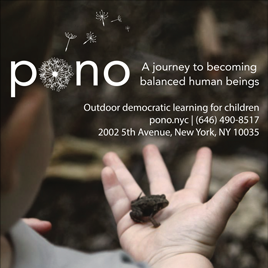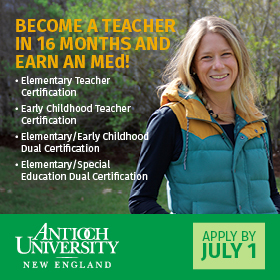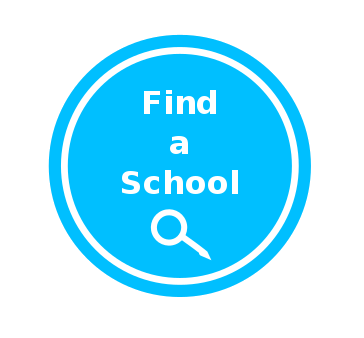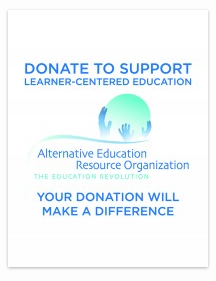The alternative education movement goes back well before there was a name for it. In fact it could be argued that what we now call alternative education and homeschooling was the norm for humankind for millennia.
The difference in paradigm between what we now call alternative education and the current mainstream education is very dramatic. In 95% of schools around the world it seem that a basic belief is that children are naturally lazy and need to be forced to learn. We’ll come back to that later.
The paradigm for alternative, learner-centered education is that children are natural learners and do not need to be forced to learn.
In fact modern brain research has shown that the more you force children to learn things that do not interest them, the more you extinguish the natural interest and ability to learn.
If you accept the first paradigm that children must be forced to learn you need a whole series of external devices to force it. This would include competition for grades, homework assignments, suppression of spontaneous learning, suppression of verbal interaction. In other words, you would have a typical classroom.
If you believe in the second paradigm that children are natural learners your main job would be to help find resources for the students, coach them in the direction they choose to go. You would have to develop the ability to listen well to them to help determine these things. There are definitely differences in the ways alternative educators do this, which we’ll talk about later, but the commonality is that it is a learner-centered approach.
As I said, the alternative education movement goes back far into the past. It could be argued that the current public school system is just a relatively short experiment, spanning only 150 years or so.
The ideas behind a learner-centered approach keep on popping up throughout history, perhaps because they work. One early proponent was Jean Jaques Rousseau, whose Emile also known as On Education, was based on these ideas. Emile was banned in Paris and Geneva and was publicly burned in 1762, the year of its first publication. Ironically, during the French Revolution, Emile served as the inspiration for what became a new national system of education.
We move forward to Bronson Alcott. Born in 1799 and largely self-educated, he founded a series of controversial schools in the 1830’s in the Philadelphia and Boston area. He was influenced by the European reformers such as the Swiss Johann Heinrich Pestalozzi and Friedrich Frobel.
In 1830, with William Lloyd Garrison he founded an anti-slavery society.
One of his schools, the Temple School (because it operated out of a Masonic Temple) was a forerunner of progressive and democratic schooling. It caused a lot of controversy because he accepted an African American girl and refused to expel her. Many parents withdrew their students and soon he was left with just a handful, including his own daughter Louisa May Alcott. As you know, she went on to write books such as Little Men and Little Women, largely based on her experiences in her father’s alternative school.
By the way, some of the connections back then were amazing. Emerson was a financial supporter of Alcott and in 1845 Bronson Alcott lent his Axe to Henry David Thoreau so he could build his home at Walden Pond.
Many of Alcott's educational principles are still used in classrooms today, including "teach by encouragement", art education, music education, acting exercises, learning through experience, risk-taking in the classroom, tolerance in schools, physical education/recess, and early childhood education
